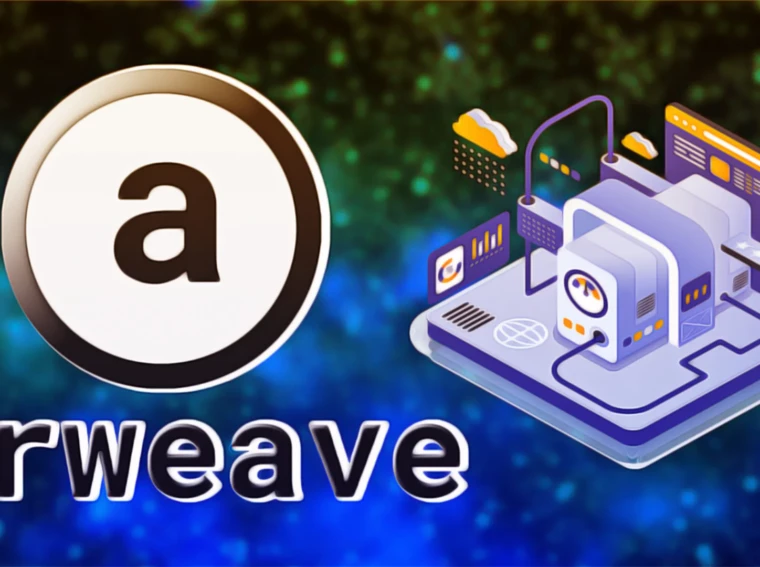- Arweave is a decentralized data-storing solution based on block weave technology
- Internet Archive has collaborated with Arweave to store its data.
The present age is called the information age because of the readiness and ease with which data can be accessed. People are just one click away to read their favorite novels, journals, or interviews which was not possible a few decades back. However, this has also led to a misconception that this data is permanent and indestructible. Modern histories are filled with examples of burning libraries and books which resulted in the loss of precious data.
This modern data too is controlled by centralized servers who have complete authority over it. They can at any time revoke access to this data. The websites can run out of funds and stop functioning causing to loss of data. Similarly, the government is continuously regulating this space and removing politically sensitive and censored information. The media and news companies can also alter their data even after officially releasing it, resulting in a lack of trust that previously arose from physically untampered data.
Blockchain technology has kept its foot in several fields and dug gold from it. The data storage sector is also welcoming blockchain technology which holds the potential to revolutionize it and make permanent data storing, cheap and easily accessible. Arweave is one such data-storing solution and an alternative to Google Cloud, Onedrive, AWS, and others, in Web3.
Weaving the Net
Desktops now come with at least 1TB of space but the average user can hardly consume all of it. This leaves a lot of space with several users and this space combined can create plenty of memory in the world. People can rent out their unused space and earn money in return. Arweave is built atop four main technologies that work together to provide a low-cost permanent storage solution on the blockchain.
Blockweave
In blockchains, each block is lined to the previous block forming a chain-like structure. Arweave can’t be called a blockchain in the sense that it connects a block to two previous blocks, one preceding and the other a random block. A full node on any conventional blockchain needs to store the complete history of the blockchain and verify all blocks since the genesis. It relies on a system known as ongoing verification which allows nodes to participate in the verification process immediately instead of authenticating the whole weave from genesis.
Proof of Access
The PoW systems require the previous block to generate the next block. The PoA system chooses a random block from the weave history allowing miners to store only some of the previous blocks and not all of them. The random block called the recall block is chosen based on the hash of the current block and the modulus with respect to the height of the current block.

Wildfire
As a data storage system, the data need not only be stored but also accessed easily. The network also promises to make this process cost less and has introduced incentives to encourage nodes to share this data freely.
Wildfire is a ranking system that ranks nodes based on how fast they respond to data requests, add new blocks, distribute transactions to peers, and accept data from others. This makes instant data request fulfillment an important part of network participation. Miners with the best ranking are financially incentivized and those with poor rankings are even blacklisted from the network. This ensures data availability with short latency.
Black shadows
Conventional blockchains distribute the entire block to all the nodes resulting in a significant waste of data and causing a slower rate of achieving consensus. Arweave instead relies on blockshadows where only the block shadow which allows miners to reconstruct the whole block is sent. This results in achieving consensus at network speed, an efficient block distribution system, and no spike in transaction fees during high network congestion.
Final Thoughts
The AR is the native token of the network which is used for paying the transaction fees and receiving the incentives. The network allows users to decide the data they prefer to store and can be accessed through any web browser instead of a specific blockchain-based app. Several blockchains like Avalanche, Solana, Polkadot, Cosmos, and Near Protocol have shaken hands with Arweave to store their blockchain data.

